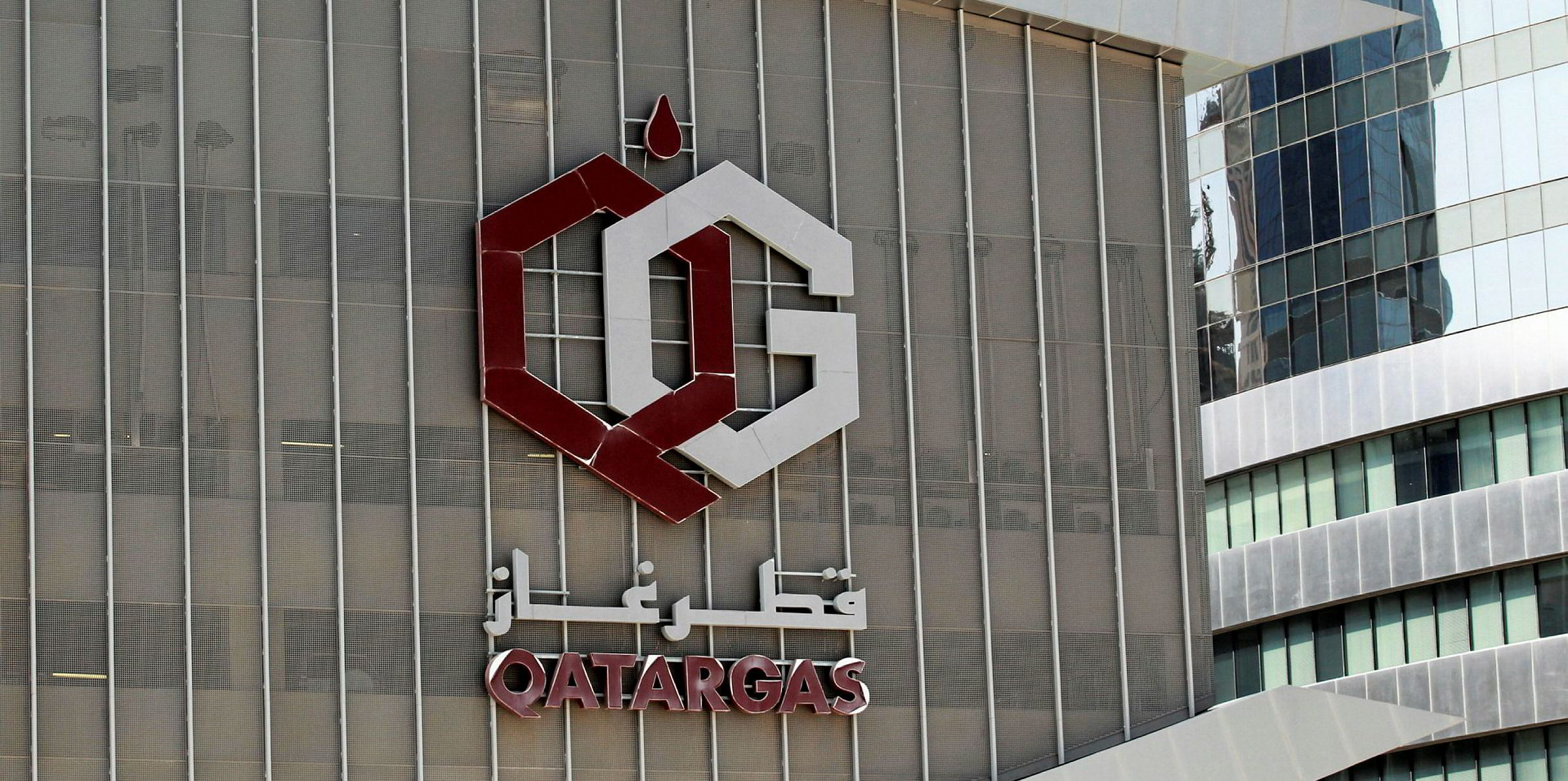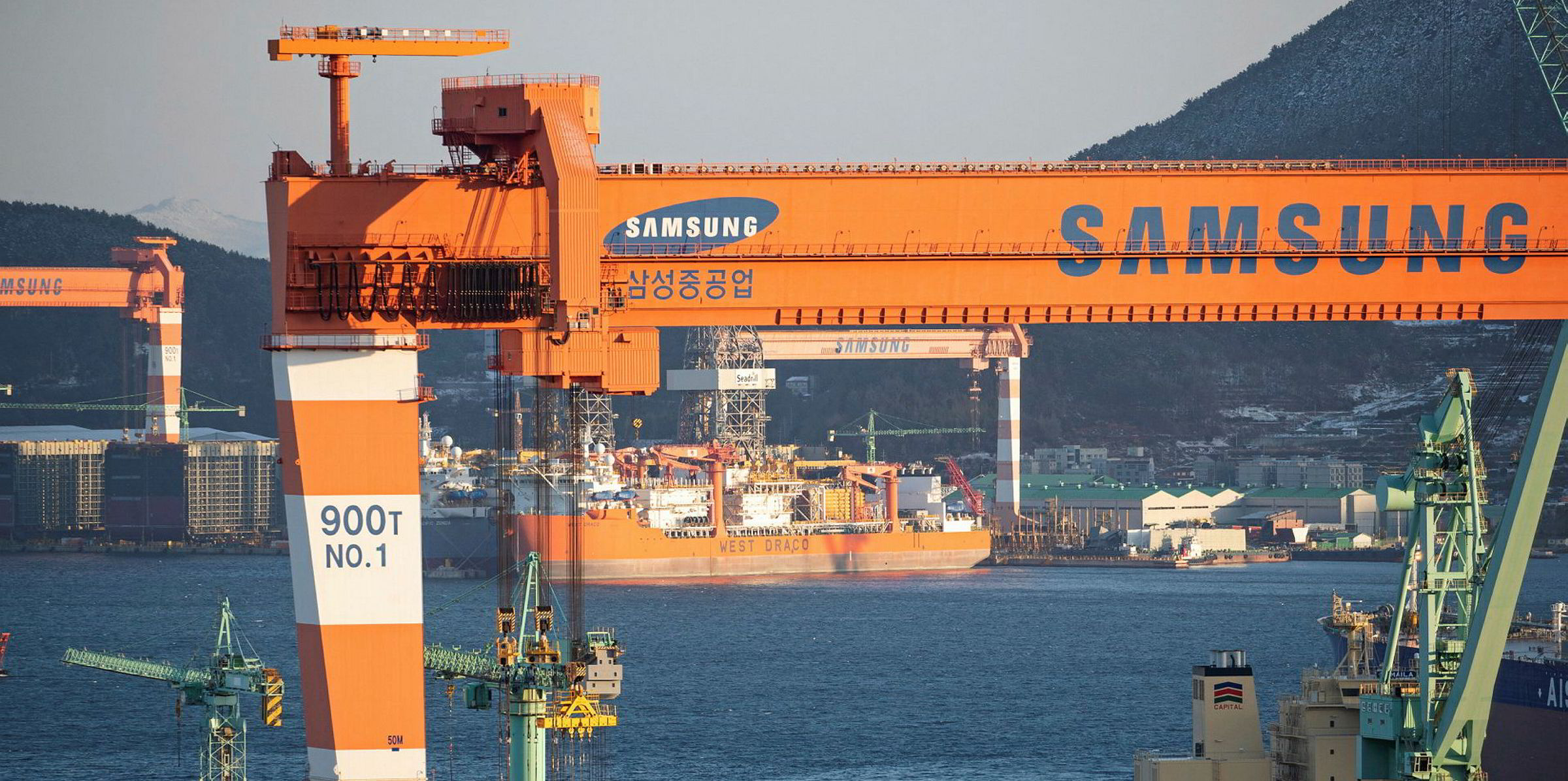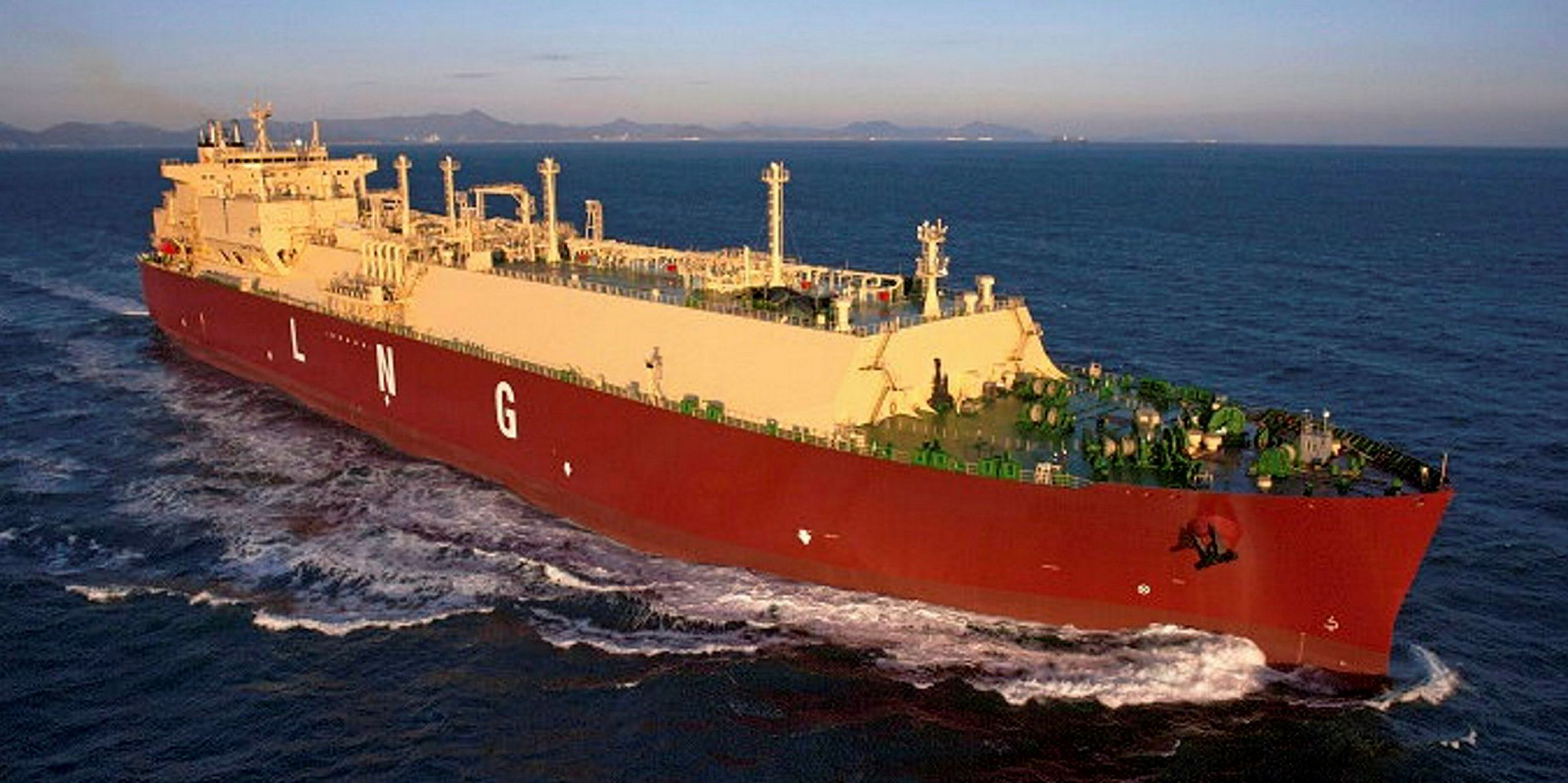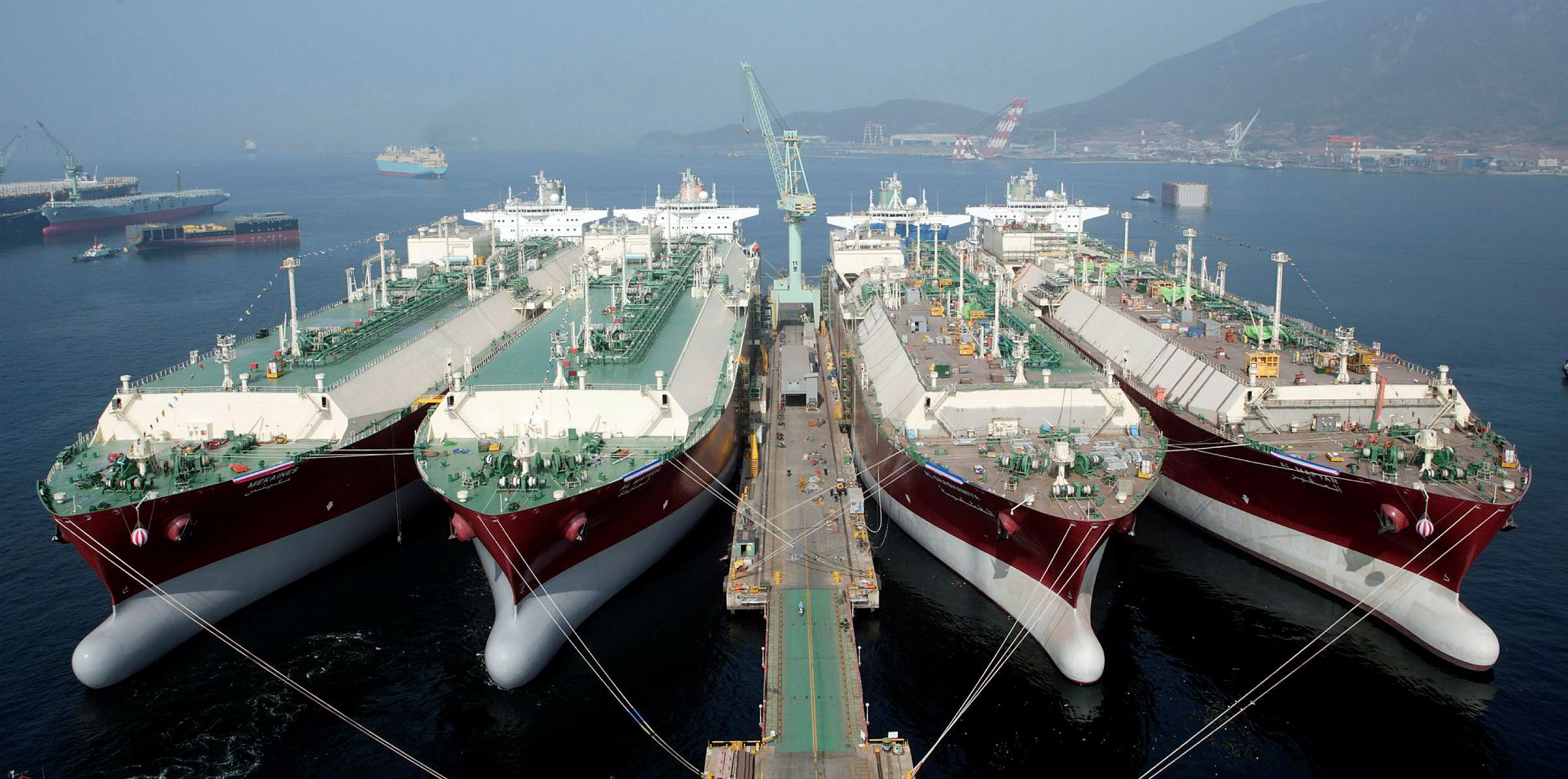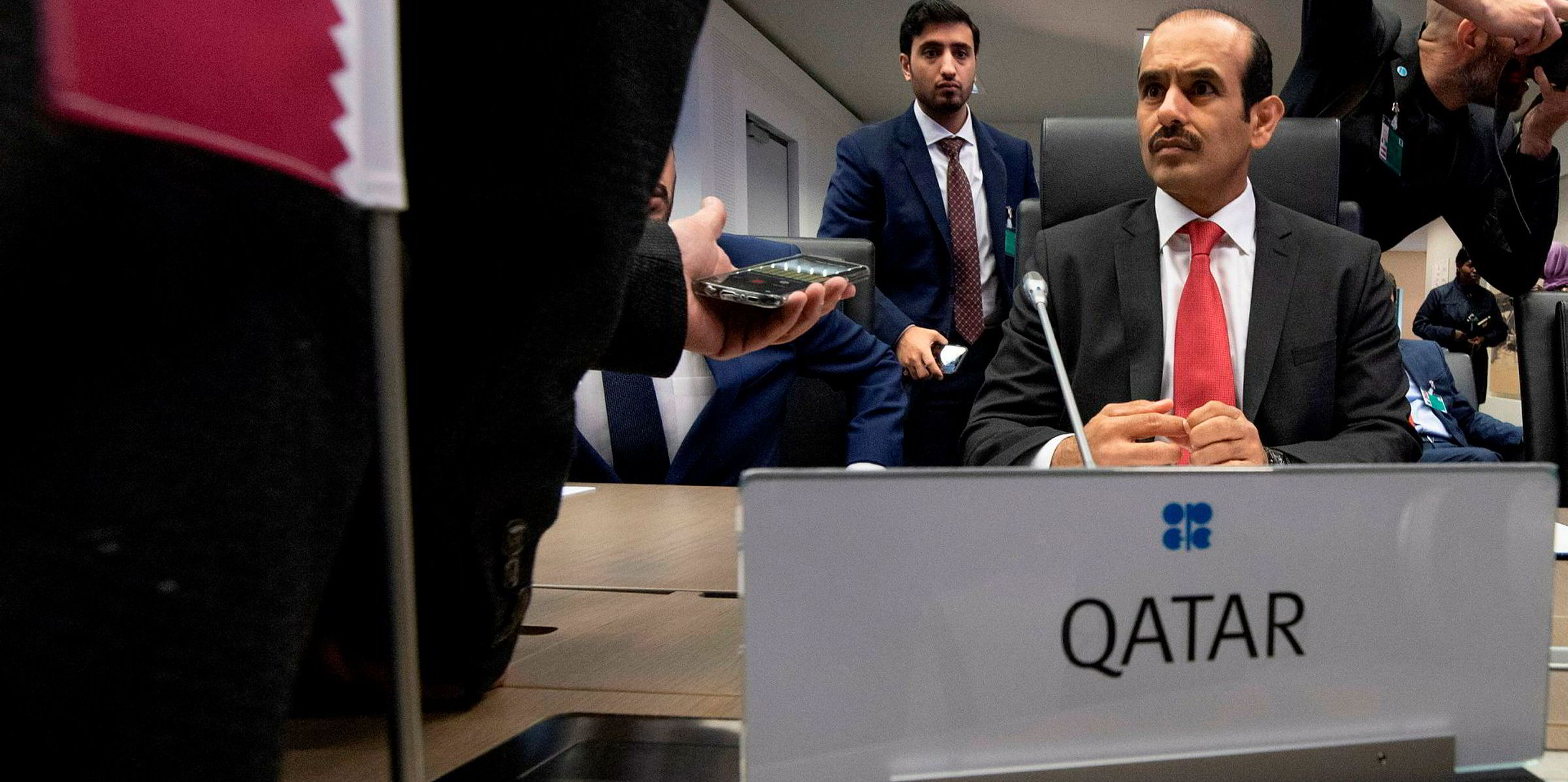Samsung Heavy Industries is looking to take advantage of rising newbuilding demand for LNG carriers — but it may face fierce competition from other South Korean yards.
Based on SHI’s estimates, LNG liquefaction project developers Qatargas, Mozambique LNG, ExxonMobil and Novatek are set to start finalising contracts for up to 91 vessels in the coming quarters.
“The most exciting area is the LNG sector. Everyone knows,” Seongil Oh, SHI’s vice president of marketing and product planning, tells TradeWinds. “Many big projects are coming.”
“We’ve almost fulfilled our slots up till 2022, and LNG slots in 2022 are getting tighter. For 2023, we are not fixed, but we’re allocating for large-scale projects.”
The vessels, capable of transiting the Panama Canal, are scheduled to be delivered from 2022. They range in size from 170,000 cbm to 180,000 cbm.
State-owned Qatargas, which has planned production projects at home and abroad, is inviting bids to build at least 40 LNG carriers for delivery between 2023 and 2026.
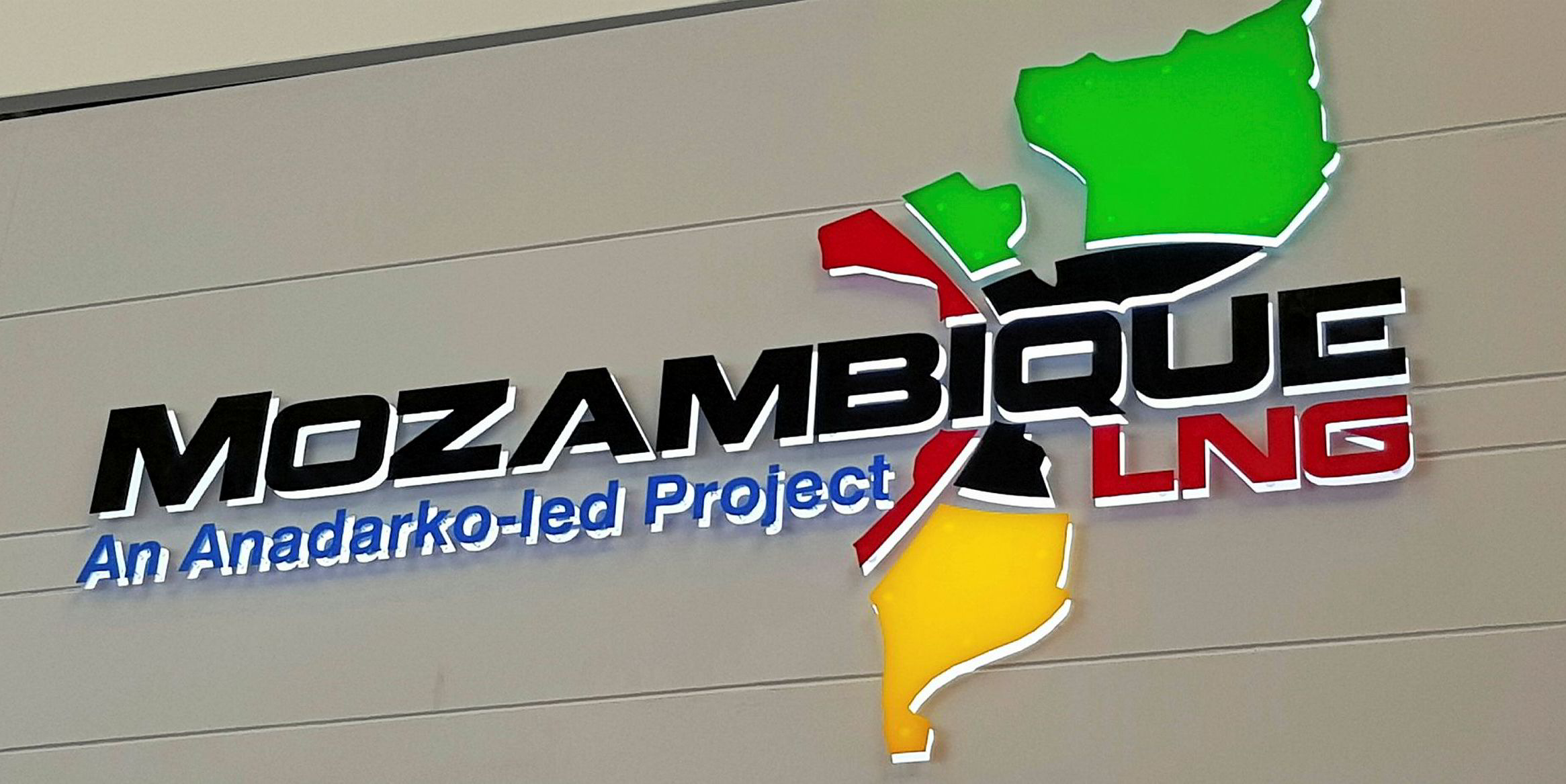
Anadarko-led Mozambique LNG, whose project has a targeted startup date in 2024, is expected to issue a tender for 16 newbuilding LNG carriers in the third quarter.
Having planned production expansions across the globe, ExxonMobil is looking to build up to eight vessels for delivery from 2023. SHI estimates the US energy major may eventually require 20 ships.
Moving ahead with its Arctic 2 project, Novatek is expected to need 15 ice-class LNG carriers to move cargoes to transshipment hubs in Murmansk and the Kamchatka Peninsula.
The Russian producer has signed a preliminary deal with Zvezda Shipbuilding Complex to reserve delivery slots between 2023 and 2025. Compatriot shipbuilder Zvezda, inexperienced in constructing LNG carriers, has selected SHI as its technological partner for the deal, TradeWinds understands from industry sources.
Russian shipowner Sovcomflot (SCF Group) has signed up to be the owner of the first ship. Oh expects the rest will be signed up by early next year but declines to comment on the partnership.
Competitive landscape
While many Asian yards fight for their shares in the forecast LNG newbuilding boom, South Korea’s big three shipbuilders remain the most competitive in terms of pricing and quality.
“The most exciting area is the LNG sector. Everyone knows. Many big projects are coming
Seongil Oh, SHI’s vice president of marketing and product planning
Of the world’s 141 LNG carriers on order, Hyundai Heavy Industries and its affiliates have 38, DSME has 36 and SHI has 34, according to Clarksons.
With limited shipbuilding capacity in China and recent delays and cost overruns in Japan, Oh expects most of the orders from Qatargas, ExxonMobil and Mozambique LNG to end up in South Korea.
“Each [South] Korean yard has a reasonable capacity of around 15 to 18 LNG carriers a year,” he said. “China, around four a year. [LNG shipbuilding] demand is higher than capacity.”
If the merger between HHI and DSME is realised, SHI will soon be facing a bigger domestic rival.
But Oh prefers to look on the positive side: “Among three, there is more competition. If it becomes two, we believe the competition is less.”
Essential business
With lacklustre newbuilding demand in other sectors, Geoje-based SHI has seen the importance of its LNG business growing in recent quarters.
LNG carriers accounted for 29% of its order backlog as of 31 May, compared with 16% a year ago.
SHI has also been building 7,500-cbm LNG carriers while receiving enquiries about 30,000-cbm to 80,000-cbm vessels. However, Oh suggests SHI prefers to build large vessels to suit its yard capacity.
“The problem is, if we build the smaller-size LNG carriers ... our competitiveness is down,” he says. “Our shipyard caters to building large vessels.”
Also, small ships normally are equipped with Type C tanks, while SHI is geared to adopt the membrane system, according to Oh.
Among other sectors, he expects newbuilding demand for tankers to pick up later this year. Many observers are forecasting strong earnings prospects for oil shipping, yet owners are still considering how best to meet the IMO 2020 rules.
“Later this year, they will decide,” Oh predicts.
As for containerships, he reckons the uncertainty caused by the US-China trade war will curb ordering interest, but SHI is chasing one or two more offshore orders.
TradeWinds reported in April that India's Reliance Industries placed a $963m order for a floating production storage and offloading unit for delivery in 2022.
“We didn’t get any new [offshore] contracts last year," Oh says. "Fortunately, we got one from India earlier this year.”
